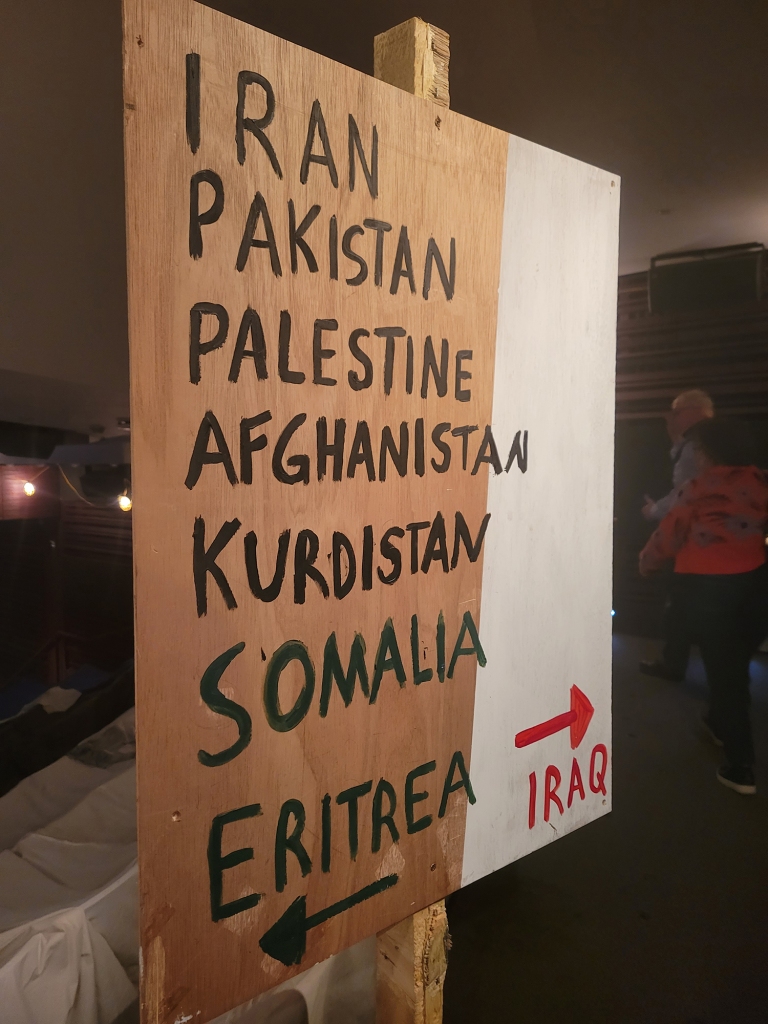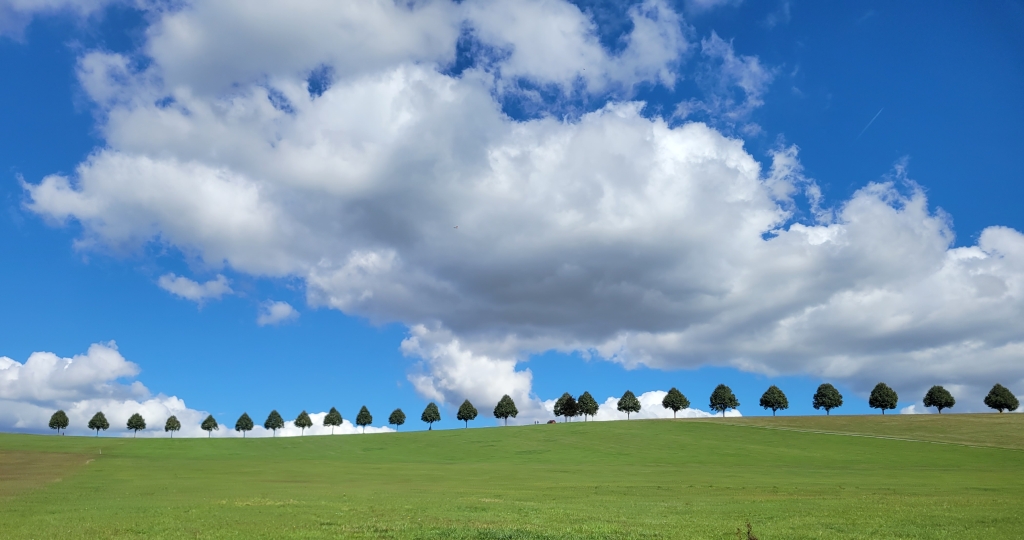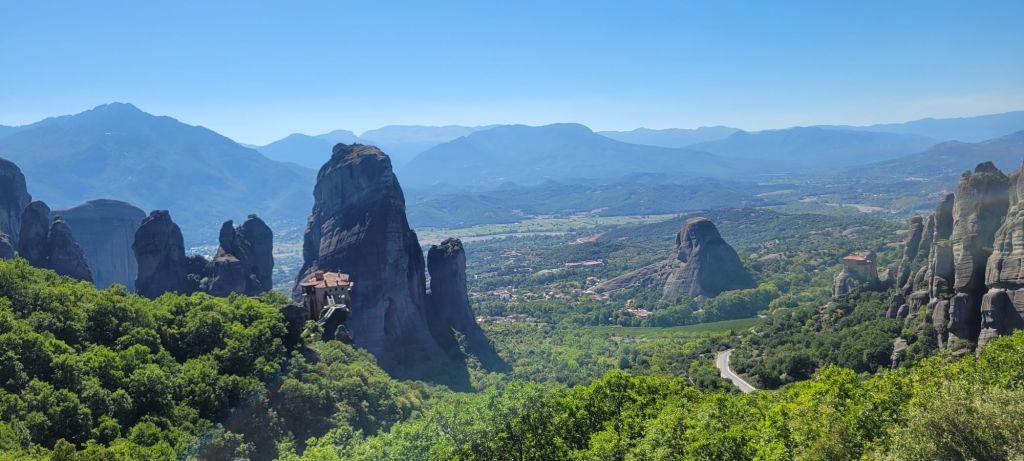In April, I stepped into a theater transformed. Gone were the tiers of formal seats dividing the stage from the audience. Instead, I was ushered into a tent holding a ticket marked Kurdistan and led through two countries to a seat on the floor of a raised platform. This was The Jungle, a refugee camp that existed from January 2015-October 2016, in Calais, France.
In May, the seats were back in their seemingly rightful place for a different, yet equally powerful immersive experience. Centered around a photo album featuring Nazi perpetrators vacationing at the concentration and death camps Auschwitz-Birkenau, the audience was pulled into a detective story, one where we glimpsed the practice of a curator at the United States Holocaust Memorial Museum (USHMM), and the search for meaning within this unexpected object. This was Here There Are Blueberries.


As theatrical performances, both shows were examples of effective stagecraft. Each production connected audience members to complex stories, and each actor’s performance was designed to ask a series of questions about the broader scope of humanity.
Our humanity.
Continue reading “The Choices We Make: The Jungle and Here There Are Blueberries”






